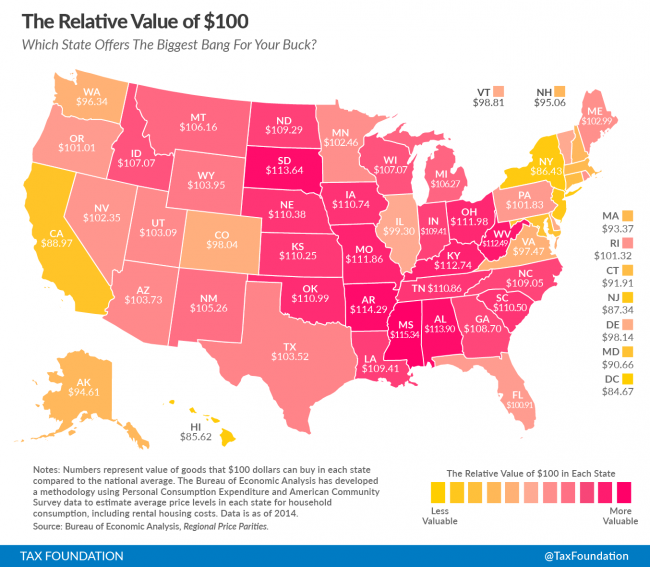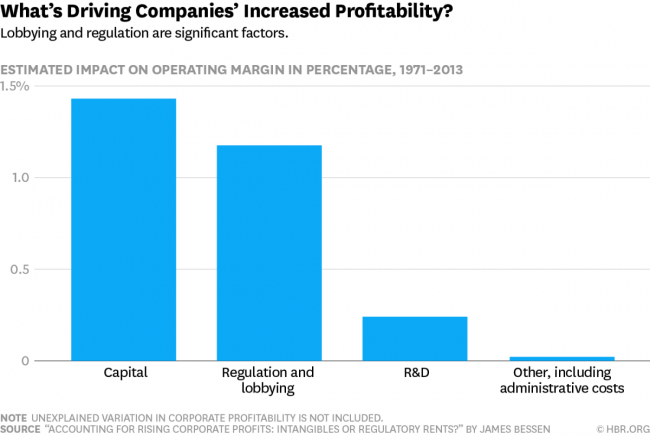I thought folks might be interested in a letter I just wrote to the US Forest Service. I have left some of it out, but these are the guts of it. As many of your know, we manage parks and campgrounds under concession contract for public entities. As such, we typically must get changes to customer fees approved in advance by the agency. This is a version of a letter we just wrote to a number of US Forest Service offices in California explaining the substantial increases to camping rates that must occur over the coming years to accommodate the new California minimum wage laws.
2017 Fee Proposal & Impact of California Minimum Wage Increases on Camping Rates
The purpose of this letter is to make you aware of the substantial effect that the recent increase in California minimum wages will have on use fees. I will get into details below, but in short the newly-legislated 50% increase in the state minimum wage is likely to increase our costs by about 22%, even ahead of inflation in other categories of expenses. Just to stay at parity and to avoid cuts in service, we (and other California concessionaires) are going to need substantial increases in fees over the next five years. Frankly, this does not make me very happy – our company will have to struggle with public resentment of the new fees without making an extra dollar in profit – but it is the reality we must face together. The only other alternative would be large cuts in service (e.g. bathroom cleaning frequency) which frankly I am not going to accept.
Background on the Minimum Wage Increase
California minimum wages have already risen over the last three years by 25% from $8 to $10 an hour. The new California law, which will apply to most concessionaires, demands the following timetable for minimum hourly wages (smaller companies with fewer employees than we have will have one extra year to comply):
2016: $10.00
2017: $10.50
2018: $11.00
2019: $12.00
2020: $13.00
2021: $14.00
2022: $15.00
Note that given the terms of other portions of labor law, these same sorts of percentage increases must trickle up to all managers and salaried employees in California as well.
Background on Concessionaire Cost Structures
Not surprisingly, as a labor-intensive service business, a substantial portion of concessionaire costs are directly tied to wage rates. The minimum wage increase will increase at least three categories of our costs:
- Wages
- Payroll taxes (which are calculated as a percentage of wages, so will go up by the same percentages as wages go up)
- Workers compensation insurance premiums (which like payroll taxes are calculated as a percentage of wages and go up by the same percentage wages go up)
Looking at our financials for our California permits (we have three large permits in the Inyo NF and one in the Cleveland NF) these three categories make up 44% of our total costs.
Preliminary Estimated Fee Impacts
Let’s look, then, and how much our costs may rise between now and 2022.
For the labor and labor-related charges discussed above, we know that costs will rise 50% between now and 2022. A 50% price increase on 44% of our costs raises our total cost structure by 22% (0.5 * 0.44).
But all of our other costs will also continue to rise during this period by at least the national rate of inflation. It is very possible that these costs will increase faster in the future due to this minimum wage increase – for example, our waste disposal costs will almost certainly go up as the labor costs of waste disposal companies rise. For a starting point, we will assume 3% general inflation in 2016 and 2017 and 4% in the years after that. This would yield a 24% increase in the other 56% of our costs for an impact on our total costs of 13.4% (0.24*0.56). Combining these two effects, we can expect a total cost increase to operate campgrounds in California by 2022 of 35.4%.
Note that though we bid based on trying to earn a profit margin around 9%, our actual profit margin in the USFS campgrounds we operate in California has been between 3% and 7% of revenues (5% in 2013, 7% in 2014, 3% in 2015). There is simply no room in that margin to absorb a 35.4% cost increase. We are going to have to therefore seek fee increases over the next 6 years in the 35% range, or between $6 and $8 on the $18-$23 camping rates that currently obtain. This is about a dollar or year, or two dollars every other year.
Competitor Analysis
We understand that the USFS wants to justify fee increases based on market conditions. One problem we will have is that even though we don’t open until April or May at seasonal locations, we need to get fee approval the previous September or October. We fully expect private operators will have to pursue fee increases of a similar magnitude; however, they may not announce their new higher rates in time for our very early fee-setting process. This makes local competitive analysis misleading.
Fortunately, in California we have another large public campground provider, California State Parks (CSP), that has many of the same public service and land management goals as has the US Forest Service. They therefore make a very good comparison. While rates vary by park, CSP is typically charging $35 a night for a no-hook-up campsite in parks that are very comparable in their natural settings to USFS campgrounds.
We currently charge no more than $23 for a no-hook-up site in the USFS in California (both in the Inyo and Cleveland NF). Even with a $6 fee increase, we would still be offering no-hookup campsites at 17% lower cost than does the State of California today (and presumably even lower in 6 years given that CSP is likely to continue to increase its camping fees).
[Rest of the letter on exact fee recommendations and other contract issues omitted]

